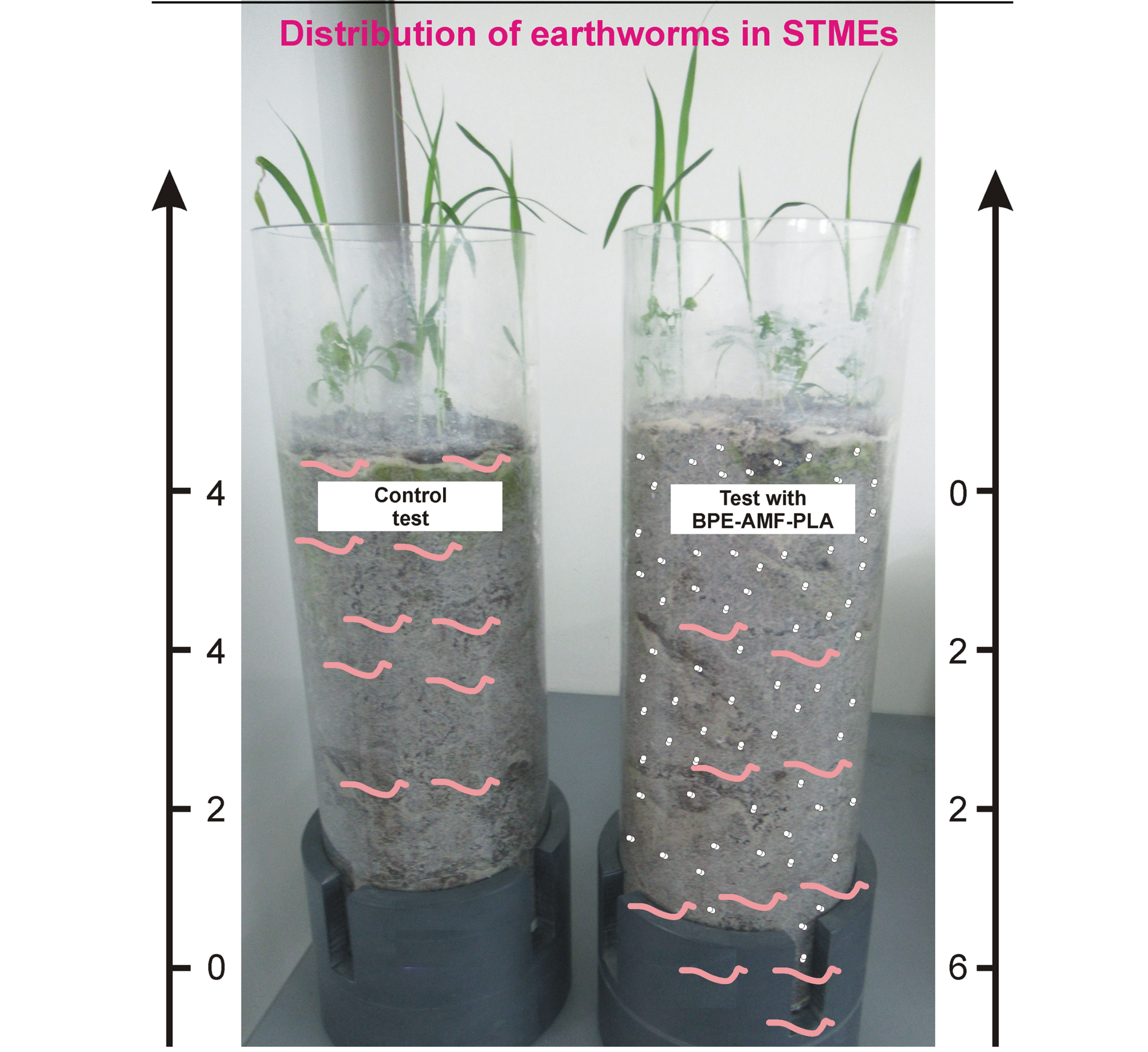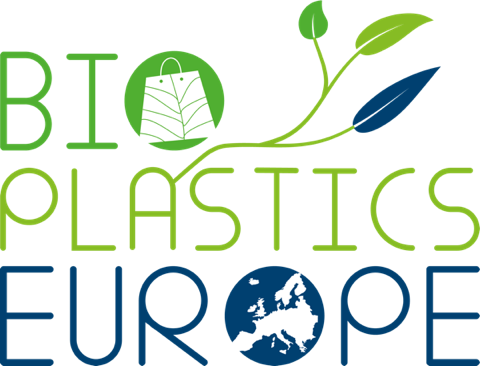STME for assessment of ecotoxicity of bio-based plastics

Image: Earthworm distribution within the STME was affected by the presence of bio-based plastic microparticles (Source: TUL).
Ewa Liwarska-Bizukojc, a researcher at the Lodz Universitity of Technology (TUL) and part of the BIO-PLASTICS EUROPE team, recently published a short communication on the use of a small scale-terestrial model ecosystem (STME) to fill the gaps in ecotoxicology of plastics in soil. The study is one of the first to examine the effects of bio-based plastics on soil biota at the community level.
In the study, two bio-based plastic materials were examined, both based on polylactic acid (PLA) and developed during the BIO-PLASTICS EUROPE project. The two materials were BPE-AMF-PLA, an agriculture mulch film provided by NaturePlast, and BPE-RP-PLA, a rigid packaging provided by Arctic Biomaterials. Both materials were provided as microparticles. STMEs were prepared with the samples in concentrations of 2.5% in the dry soil. Ten earthworms and six seeds of sorghum saccharatum and garden cress lepidium sativum each were introduced into the STMEs as soil microcosms.
The seeds germinated in in the control STME at the level of 100% and 94.5%, which indicated the good quality of the seeds. Germination rates above 70% were indicated by the manufacturer as normal. Neither of the bio-based plastics placed in the test STMEs influenced germination of garden cress, whilst BPE-RP-PLA decreased germination of sorghum. However, in each test the germination rates for both species were higher than 80%, which lies above the average rate. Similarly, bio-based plastics in the soil did not affect the growth of garden cress but they decreased the shoot fresh mass and shoot length of sorghum. These differences proved to be not statistically significant.
The relatively low impact of the presence of plastic particles in the soil on germination and plant growth might be connected with the lower soil density due to the plastic particles, leading to better soil aeration and lower penetration resistance for plant roots. This shows that the soil-plant system is subject to complex processes and interactions. Plastic particles in the soil may affect plants either positively or negatively.
All earthworms placed in either STME survived the tests. However, the presence of plastic particles in the soil led to behavioural changes. In the control STME containing no plastic particles, 80% of earthworms were located in the top and first middle zone, whereas in the test microcosms containing the two bio-based plastic particles, 60 to 70% were located in the bottom zone. This downward movement indicates an avoidance behaviour by the earthworms. Similar responses have been observed to soil contaminated with pesticides. This avoidance of higher zones can prove dangerous to earthworms over longer periods of time and also poses a threat to the whole soil ecosystem, as earthworms act as important ecosystem engineers in the top soil levels.
Overall, the use of the STME to evaluate the effect of bio-based plastics on soil organisms proved successful. The PLA-based plastics studied do not affect seed germination and the growth of garden cress. Sorghum seems to be more sensitive than garden cress to the contamination of the soil with plastic particles. The presence of bio-based plastic particles might however influence the behaviour of earthworms, affecting them to migrate deeper into the soil, which is dangerous for earthworms and may cause serious implications for the soil ecosystem.
The full article can be found in our download section.


